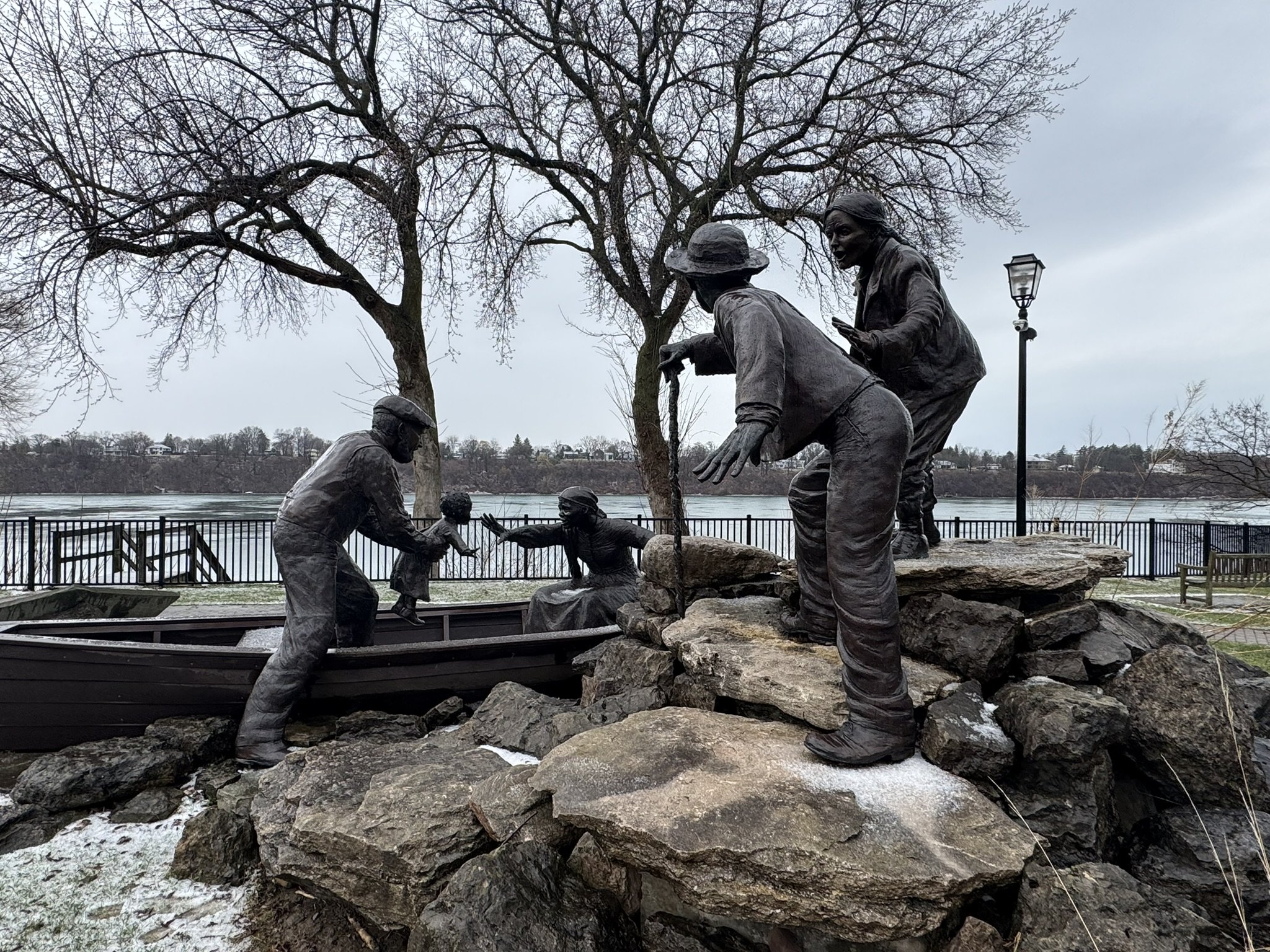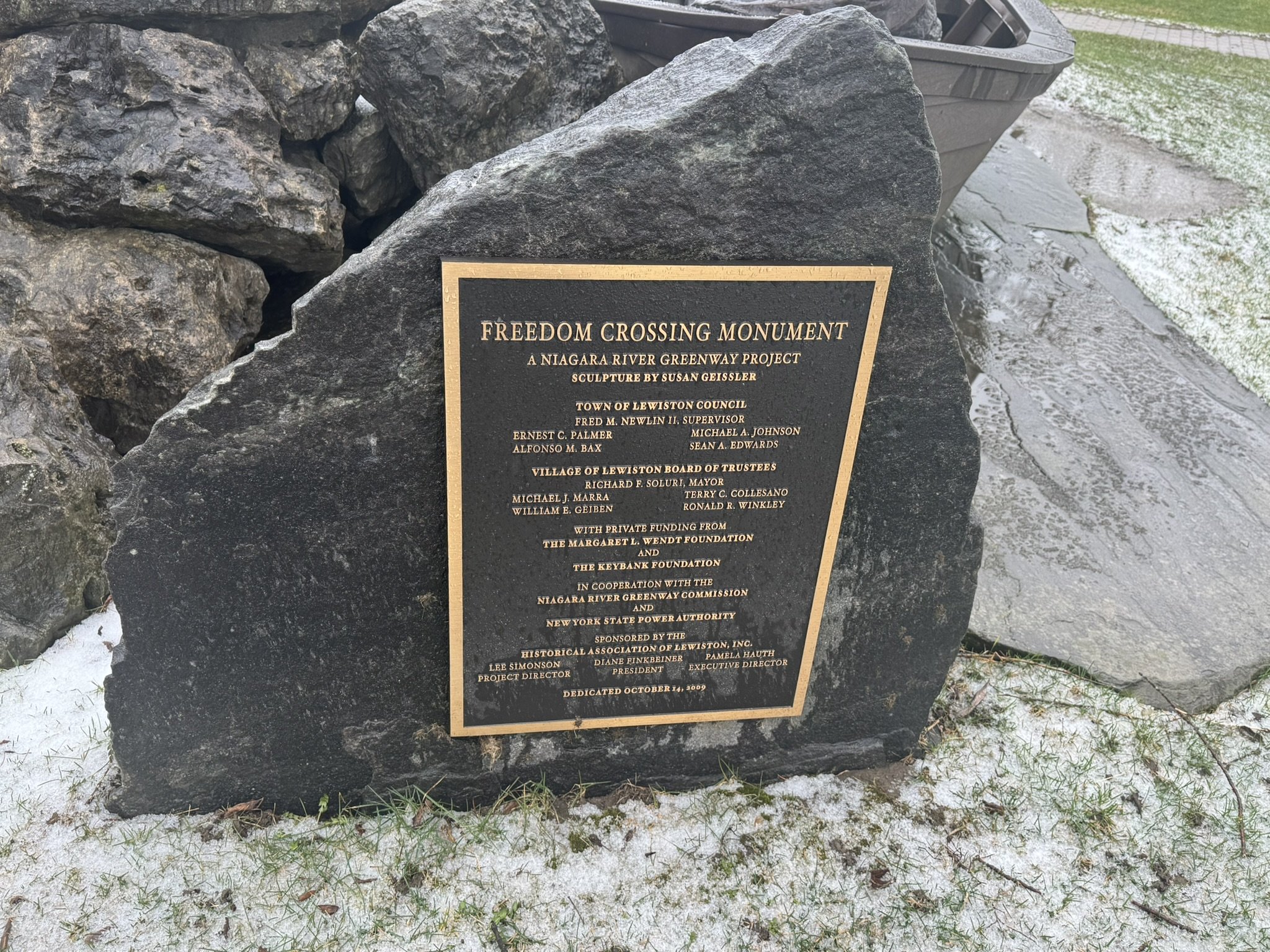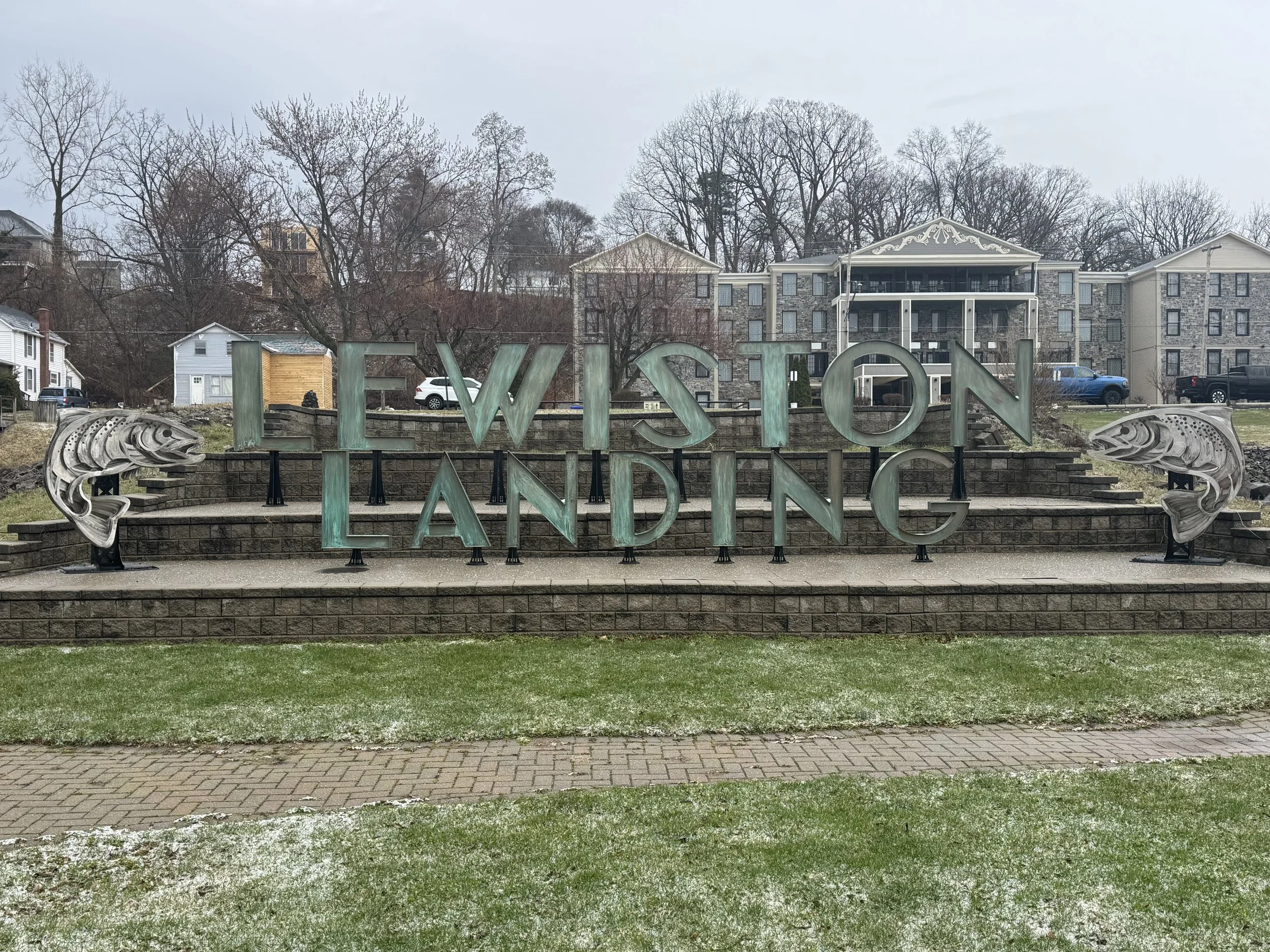Freedom’s Crossing: Danger at the Edge of Freedom
Freedom’s Crossing: Danger at the Edge of Freedom
Lewiston, New York looks peaceful today, but in the 1800s it was a place of quiet rebellion—and incredible bravery. For enslaved people escaping the South, Lewiston was the final stop on the Underground Railroad. Just across the cold, churning Niagara River lay Canada and freedom. But that last step—the river crossing—was the most dangerous of all.
This journey wasn’t just about distance. It was about survival. Slave catchers were everywhere, and the law was against those seeking freedom. Even in New York, escapees lived in constant fear. Some locals—like the brave abolitionist Josiah Tryon—risked everything to help, hiding runaways and rowing them across the river under cover of night. Beneath Josiah Tryon’s home were hidden multiple-layered basements, used to protect those escaping north.
But others, like Peter Porter, made the danger worse. Porter was powerful—former congressman, war hero, wealthy landowner. And despite claiming to oppose slavery, he cooperated with bounty hunters. His involvement reminded everyone: even in the North, the system was rigged against the people trying to be free.
Imagine standing on the riverbank at midnight. The current is fast, the air is cold, and you’re rowing through darkness, hoping you won’t be seen. For many, that river was the line between life and death. And for those who made it, stepping onto Canadian soil was the moment their lives truly began.
Today, you can visit the Freedom Crossing Monument in Lewiston, where a bronze statue honors those who made the journey and those who helped them. And if you join one of our tours, we’ll take you there—we’ll share the full story of the Underground Railroad, including the hidden threats, the acts of courage, and the people who risked everything for freedom.
And while you’re there, join us on a ride of the Niagara River Jet Boat—you’ll race through the same wild waters that once carried freedom seekers to safety. It’s thrilling, beautiful, and humbling to realize how powerful that river has always been.
History lives here. Come feel it for yourself.



